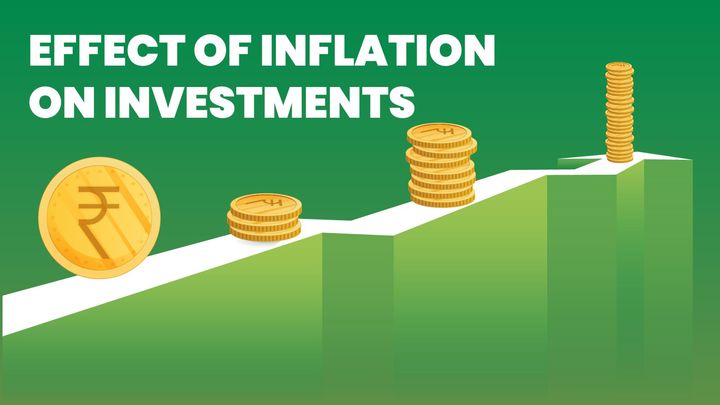Unchanged repo rate a pause, not a pivot, says RBI Gov Shaktikanta Das
The governor of the Reserve Bank of India (RBI), Shaktikanta Das, announced that the central bank's monetary policy committee unanimously decided to maintain the policy rate at 6.50 percent, which is the same as the previous announcement. Das added that the central bank will continue its "withdrawal of accommodation" stance, which means that it will continue to take steps to tighten monetary policy as the economy recovers. This approach is aimed at keeping inflation in check and maintaining financial stability in the long run.
Governor Das said the repo rate has been kept unchanged on the basis of macroeconomic and financial conditions. He also clarified that the decision to pause the rate is for this (April) meeting only. "Monetary Policy Committee will not hesitate to take any action in the future," said Das
In addition to keeping the repo rate unchanged, the RBI also kept the standing deposit facility (SDF) rate, marginal standing facility (MSF), and bank rates unchanged at 6.25 percent and 6.75 percent, respectively. This means that the cost of borrowing for commercial banks and financial institutions will remain the same, which could encourage them to lend more to businesses and individuals.
Moving on to the key highlights from the RBI's latest announcements, there are several noteworthy points to consider.
- The central bank projected inflation to drop to 5.2 percent for FY24, which is a positive development for consumers and businesses alike. It also projected inflation for Q1FY24, Q2FY24, Q3FY24, and Q4FY24 at 5.1 percent, 5.4 percent, 5.4 percent, and 5.2 percent, respectively. This indicates that inflation is expected to remain relatively stable over the next few quarters.
- RBI Governor Shaktikanta Das said that the MPC projected GDP growth for 2022-23 at 7 percent and 6.5 percent for 2023-24, respectively. This shows that the central bank is optimistic about the country's economic prospects in the medium term, despite the ongoing challenges posed by the pandemic.
- The RBI projected GDP growth for Q1 at 7.8 percent, Q2 at 6.2 percent, Q3 at 6 percent, and Q4 at 5.8 percent. These figures suggest that the economy is expected to recover gradually over the next few quarters, although the pace of growth may vary across different sectors and regions.
- India's foreign exchange reserves stood at $578.4 billion as of March 31, 2023, which is a significant increase compared to the previous year. This indicates that the country's external position is relatively strong, which could help to boost investor confidence and support economic growth.
- While passenger vehicle sales logged strong growth in February, the consumer durables sector contracted in January among urban demand indicators. This suggests that there may be some divergence in the performance of different sectors, depending on factors such as consumer preferences, income levels, and supply chain disruptions.
- Among rural demand indicators, tractors and two-wheeler sales were robust, the Governor said in his statement. This highlights the importance of the agricultural and rural sectors in driving economic growth and job creation, especially in the wake of the pandemic.
- Customers will be able to check unclaimed money lying with banks using a common portal of banks. This portal will help customers check such amounts across all banks in one click, which could help to reduce the incidence of unclaimed funds and improve financial inclusion.
- The central bank will also allow operations of pre-sanctioned credit lines with banks to expand the scope of UPI, Governor Das noted. This move is aimed at promoting digital payments and reducing the dependence on cash, which could help to improve transparency, efficiency, and security in the financial system.
The Sensex has jumped over 200 points, and the Nifty has topped the 17,600 level after the RBI decided to hold the repo rate at 6.50 percent. This indicates that the markets are reacting positively to the central bank's decision, which is seen as a sign of stability and continuity in monetary policy. Overall, the RBI's latest announcements provide some useful insights into the state of the economy and the central bank's policy stance and could help businesses and investors to make more informed decisions going forward.





Comments ()